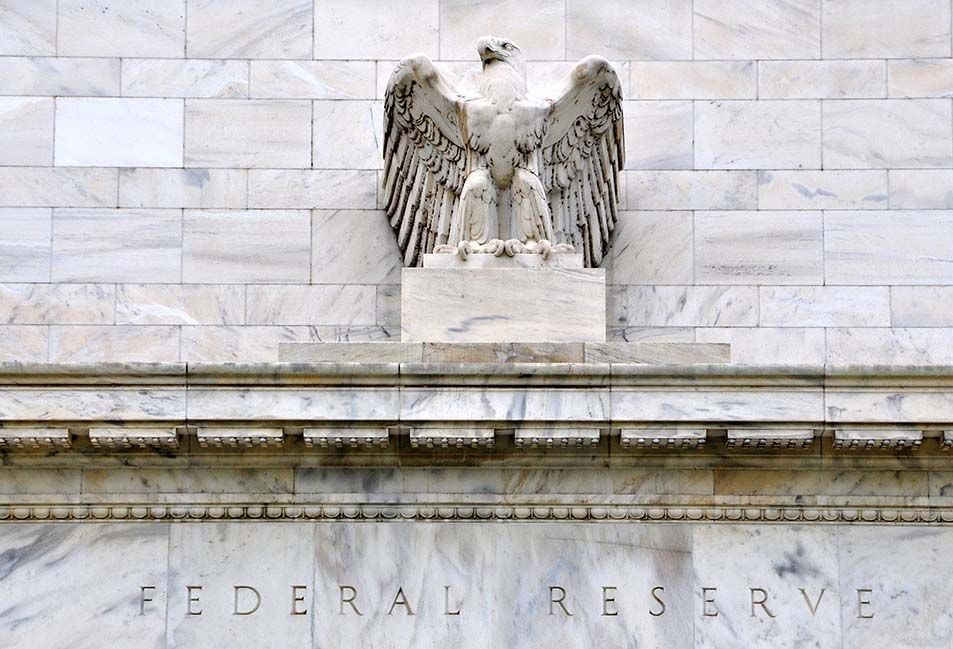Dollar Steadies after US Retail Sales Surge Underlines Continued Robust US Economic Performance
- Written by: James Skinner
-US Dollar checks losses after strong June retail sales data.
-Data confirm continued robust US economic performance.
-But US Dollar outlook clouded by White House trade policy.

© Xiong Mao, Adobe Stock
The US Dollar steadied during noon trading Monday following a morning of steep losses after Census Bureau data showed retail sales rising faster than was expected in June, suggesting a continued robust performance from the US economy during the second-quarter.
Retail sales rose by 0.5% during June which, although down from an upwardly-revised 1.4% previously, was ahead of the consensus forecast for sales growth of 0.4%. This leaves consumer spending up by 5.9% when the second quarter is compared with sales for the same period one year ago.
Core retail sales, which remove sales of large ticket items like cars from the numbers because of their distortive impact on underlying trends, rose by 0.4% during June. Although down from the 0.9% seen back in May, this number is still ahead of the 0.3% average growth seen so far in 2018.
"A consensus gain in June headline retail sales masks what was actually a very strong report given the upward revision that came with it," says Royce Mendes, an economist at CIBC Capital Markets. "A five-tick revision to 1.3% in May, from 0.8% previously, will support tracking forecasts looking for an above-4% GDP advance in Q2."
Markets care about the retail data because it is a leading indicator of economic growth and because of the influence that rising or falling consumption can have on inflation. It is inflation that central banks are attempting to contain when they raise interest rates, and rates themselves are the raison d'être for most moves in currency exchange rates.
Changes in interest rates, or hints of them being in the cards, are only made in response to movements in inflation but impact currencies because of the push and pull influence they have on international capital flows and their allure for short-term speculators.
"Looking at the individual categories, the soft core reading appears to simply reflect a bit of a breather following a strong reading. The upward revision to May's data has boosted the US dollar and seen fixed income sell-off," Mendes adds.
The US Dollar index was quoted 0.27% lower at 94.49 following the release after clipping a previous 0.30% loss. The Pound-to-Dollar rate was 0.41% higher at 1.3262 after paring back an earlier 52% gain while the Euro-to-Dollar rate was up 0.25% at 1.1710.
"The USD is drifting lower at the start of the week after snapping a three-week losing streak. Overall, we think this reflects technical factors rather than macro - where catalysts have largely been absent. This may shift, however, if the Fed Chair gives the USD a directional push in Congressional testimony this week," say Mark McCormick, North American head of FX strategy at TD Securities.
The Dollar has converted a 4% 2018 loss into a 2.8% profit during the two months since the middle of April, following a sustained rally that drew a line beneath the greenback and a prior 12-month period of heavy losses.
President Donald Trump's trade policy agenda, and the resulting "trade war", has been a hot button issue for financial markets in recent months. And it now has analysts and economists fearing a slowdown in both US as well as global economic growth. With this in mind, markets will watching Federal Reserve chairman Jerome Powell's testimony to Congress on Tuesday and Wednesday for clues as to how uncertainty over international trade is impacting Fed policy.
"We believe it is still too early for the Fed to alter their plans for “further gradual” monetary tightening given that hard US economic data releases remain strong. In these circumstances, it would be a surprise if the Fed signalled so soon that it was already considering slowing the planned pace of rate hikes. A further dampening of Fed rate hike expectations would encourage a reversal of US dollar strength," says Lee Hardman, a currency analyst at MUFG.
The White House is pursuing restrictive legislation to govern Chinese investments into the United States and recently ordered a range of tariffs be levied against imports of more than $250 billion in imports of Chinese goods.
Trump has also placed tariffs on all imports of steel and aluminium from China, Canada, Mexico and the European Union in an effort to reduce the US trade deficit, which he has cited repeatedly as a sign of malpractice by other countries and evidence that protectionist action is needed by the White House.
The EU has since responded with its own levies on US motorcycles, jeans and whiskey, drawing threats of even more tariffs from the White House, this time targeting the mighty European automotive sector.
Fears are that a tit-for-tat tariff fight between the world's largest economies will quickly descend into an all out "trade war" and that this will dent economic growth in all countries it touches, which could stymy the Federal Reserve from raising its interest rate further while also denting the odds that other central banks will be able to raise their rates any time soon.
"The US economic data due for publication this week is likely to point towards a strong second quarter. As a result concerns about Fed chairman Jerome Powell sounding more cautious as regards further rate hikes at the semi-annual hearing in front of the Senate and House on Tuesday and Wednesday are unfounded in my view. Therefore, I see few good reasons why the dollar should ease significantly short term," says Antje Praefcke, an analyst at Commerzbank.
Advertisement
Get up to 5% more foreign exchange by using a specialist provider to get closer to the real market rate and avoid the gaping spreads charged by your bank when providing currency. Learn more here




